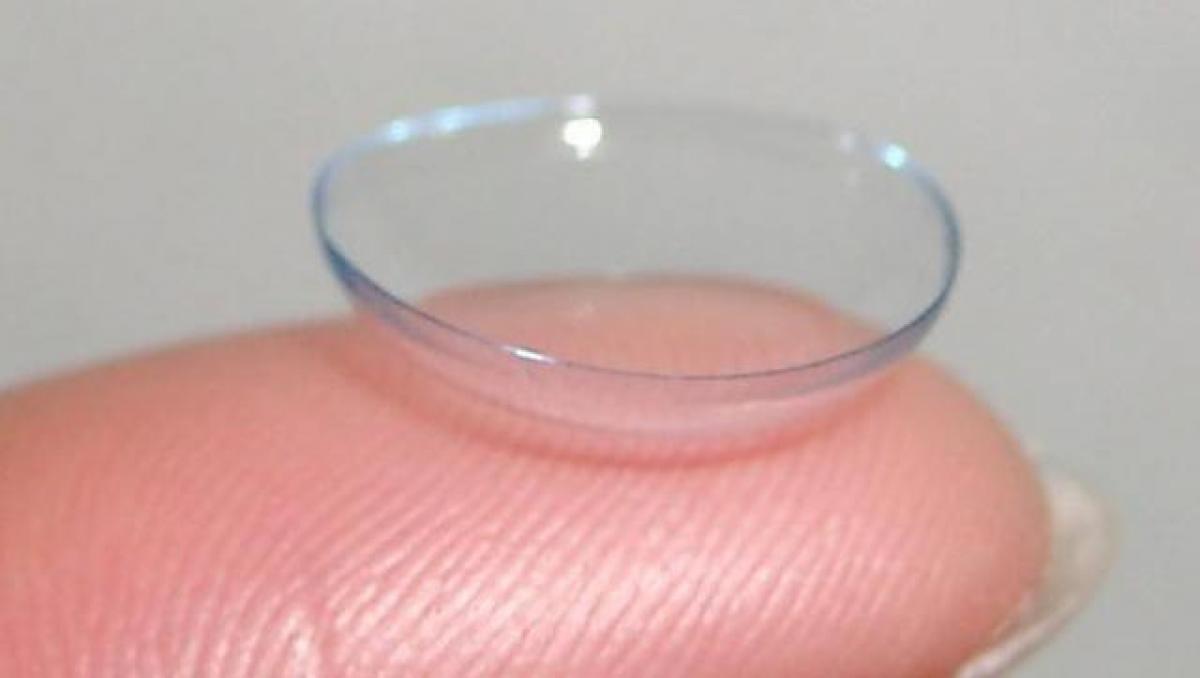Live
- Campaign ends for first phase of LS polls in Assam
- New features in TNEB Online payment: What has changed?
- BSE vs. NSE: Unveiling Key Differences and How They Impact Investors
- Financial Fluency, The Power of Punctual Tax Payments
- Dubai Food Festival kicks off This Week with Exciting Lineup of Gastronomic Events and Experiences for its Eleventh Edition
- KeyPoint Technologies Achieves Milestone with Indian Patent Office Approval for Contextual Discovery Innovation
- Unacademy Hosts Udaan in Vizag To Empower Thousands of IIT JEE and NEET UG Aspirants
- Chandrababu Naidu, Pawan Kalyan confident of 'Rama Rajyam' in Andhra
- Global Team Toyota Athletes from Asia Set to Reach for Greater Heights at Paris 2024
- Samsung Announces New Era of AI TVs in India, Launches Neo QLED 8K, Neo QLED 4K and OLED TVs with Powerful AI Features









